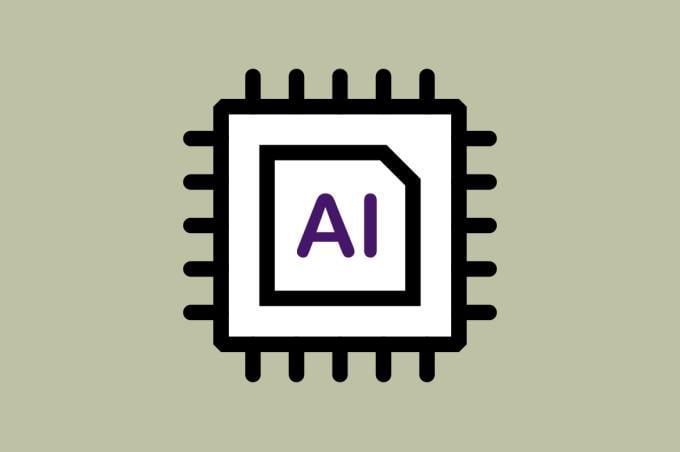EHRs have increased physicians’ administrative burdens and dramatically worsened their overall experience providing care. That’s because physician’s time on the EHR—especially after hours—is associated with burnout. This is where virtual scribes can help reduce time spent on the EHR and physician burnout, according to two recently published research articles.
“Time on documentation makes up the greatest proportion of physicians’ time across specialties, and there have been studies showing that in-person scribes are effective—they are effective from a physician time perspective. Physicians are satisfied with them, patients feel comfortable with scribes, but cost and space make this a difficult solution to scale,” AMA member Lisa Rotenstein, MD, said during a presentation at the 2023 American Conference on Physician Health. She is an internist and medical director of ambulatory quality and safety at University of California, San Francisco Health.
“On one end of the spectrum is the classic in-person scribes. Then you have telescribes who are listening to the whole visit in real time telephonically and often are able to help physicians with order entry and real-time notes,” Dr. Rotenstein said. “Then on the other end of the spectrum are asynchronous scribes,” where the visit is recorded and then the scribe creates documentation within 24 hours that the physician reviews before signing.
A study of 144 physicians from Brigham and Women’s Hospital and Massachusetts General Hospital, and 152 scribe-participation episodes between 2020 and 2022. For the study, Dr. Rotenstein and her colleagues looked at the effect of virtual scribes on EHR time and note composition by the physician.
“There was about a five-and-a-half-minute decrease in total EHR time for appointments across the whole sample—from 35.1 minutes to 29.5 minutes,” Dr. Rotenstein said. That amounts to a 16% reduction.
“There were also significant changes in the overall sample in note time per appointment and pajama time—about a 1.3-minute decrease in note time per appointment,” she added.
“That doesn’t seem big on a per appointment level, but when you multiply that by however many appointments you have per day, it is a greater number,” she said. “And then pajama time per appointment also decreased by about a minute in the overall sample.”
This study was supported by the AMA Practice Transformation EHR Use Research Grant program, which has provided more than $2 million in funding for 26 studies to researchers nationwide since 2020. Burdensome EHR systems are a leading contributing factor in the physician burnout, and reducing physician burnout is a critical component of the AMA Recovery Plan for America’s Physicians.
Farm too many American physicians experience burnout. That's why the AMA develops resources that prioritize well-being and highlight workflow changes so physicians can focus on what matters—patient care.
Changes varied by specialty
“Among primary care specialists, total EHR time decreased by about three minutes from 39.8 minutes to 36.6 minutes per appointment. In medical specialties there was a bigger decrease … from 39.6 minutes to 21.6 minutes,” Dr. Rotenstein said. “For surgical specialties, the difference was not significant.”
There was a significant decrease in note time for primary care physicians from 10.9 to 9.4 minutes. And for medical specialists, note time dropped from 9.4 to 7.9 minutes while the difference was not significant for surgical.
For pajama time, there was a slight decrease from 10.4 to 9.7 minutes for primary care physicians. Among medical specialists, pajama time dropped from 7.6 to 5.4 minutes. Changes in pajama time among surgical specialists did not reach statistical significance.
Well-being and satisfaction improved
In a separate study from the same research team, 122 physicians who have used a scribe at any time since 2017 responded to survey questions.
About 40% of respondents said that they were very satisfied or satisfied with the scribe service they had used. And 65% felt that a scribe service had enhanced their well-being. Meanwhile, 60% of physician respondents said using a scribe also enhanced their patient relationships. But only 24% said that scribes improved their note quality.
“In terms of benefits, about half of respondents said that the scribe helped them focus on patients during their visit and reduced time on documentation,” Dr. Rotenstein said. “Forty percent said it helped them be more efficient and then helped them reduce how much they worked on the EHR after hours and then on weekends.”
AMA STEPS Forward® offers several tools to help practices make changes that could reduce the amount of time physicians spend interacting with the EHR. For example, the “Taming the EHR Playbook” and “Getting Rid of Stupid Stuff” toolkit offer tips on how to reduce the unnecessary daily burdens that fall on physicians’ shoulders.
Physicians can also learn more about reducing pajama time and work outside of work by listening to an “AMA STEPS Forward Podcast” episode.




